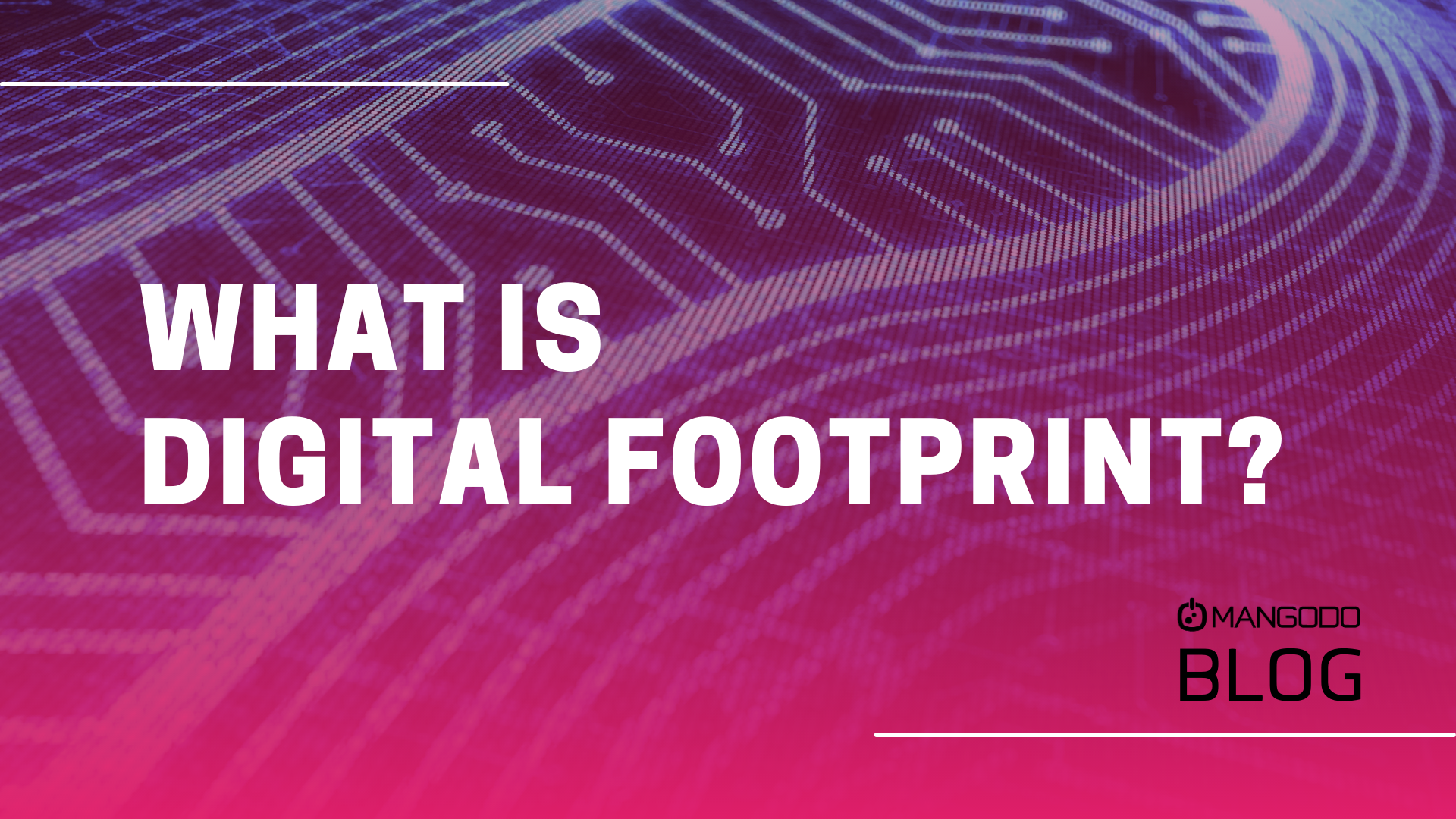What is Digital Footprint?
Digital footprint refers to the traces and data left behind by individuals or organizations when they engage in various online activities. It encompasses the information generated and collected as a result of online interactions, such as browsing the internet, using social media platforms, conducting online transactions, and communicating via digital channels.
In today's increasingly interconnected world, almost everyone contributes to their digital footprint in one way or another. This footprint can include a wide range of data points, including personal information, preferences, behaviors, and online interactions. Some common elements of a digital footprint include:
-
Personal Information: When individuals create accounts, sign up for services, or make online purchases, they often provide personal information such as their names, addresses, email addresses, and phone numbers. This data becomes part of their digital footprint and may be stored by the platforms or organizations they interact with.
-
Social Media Activity: Social media platforms play a significant role in shaping an individual's digital footprint. Every post, comment, like, or share contributes to the data associated with their profile. This information can reveal interests, opinions, social connections, and even location details, depending on the privacy settings.
-
Online Searches: Search engines record search queries and browsing history, building a profile of the user's interests and preferences. This data is used to personalize search results and advertisements but also becomes part of the individual's digital footprint.
-
Online Purchases and Financial Transactions: When making purchases or conducting financial transactions online, individuals leave behind a trail of information related to their buying habits, preferences, and financial details. This data can be stored by e-commerce platforms and financial institutions.
-
Online Presence: Creating websites, blogs, or portfolios adds to an individual's digital footprint. Content produced and shared through these platforms, including articles, images, videos, and comments, contributes to the overall online presence and can be discovered by others.
The implications of a digital footprint are significant. On one hand, it can enhance personal branding, professional networking, and online reputation management. Employers, educational institutions, and others may examine an individual's digital footprint as part of background checks or evaluations. Conversely, a negative or undesirable digital footprint can lead to reputational damage, privacy breaches, or even targeted cyberattacks.
It is crucial for individuals to be mindful of their digital footprint and take steps to manage and protect their online presence. This can include being selective about the information shared online, regularly reviewing privacy settings on social media platforms, using secure browsing practices, and being cautious about the websites and services they interact with.
Furthermore, organizations have a responsibility to handle user data ethically and transparently, ensuring proper data protection measures are in place. Governments and regulatory bodies also play a role in establishing laws and regulations to safeguard individuals' digital footprints and promote data privacy and security.
Overall, the concept of a digital footprint reminds us that our online actions leave a lasting imprint, and it is essential to be mindful of the information we share and how it may impact our privacy, security, and reputation in the digital world.
